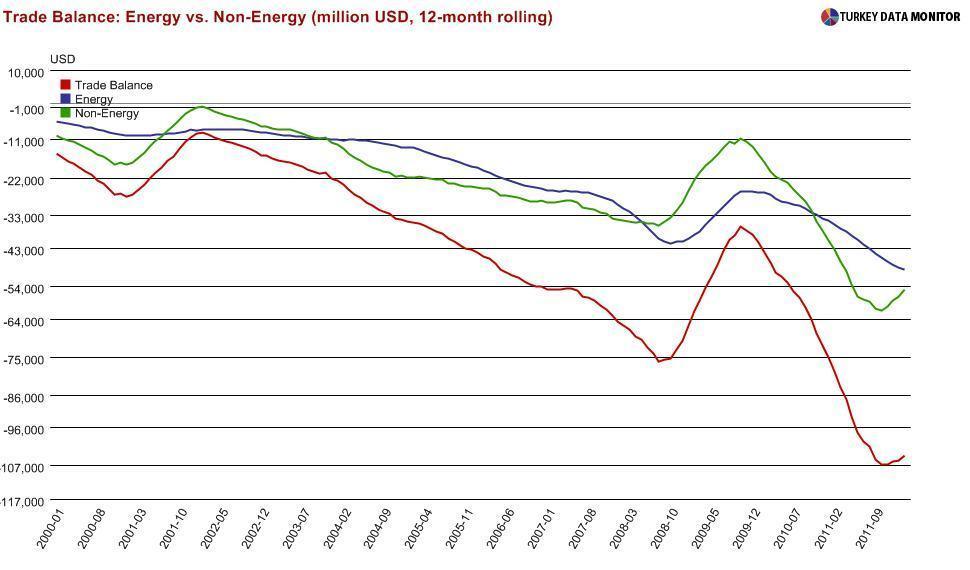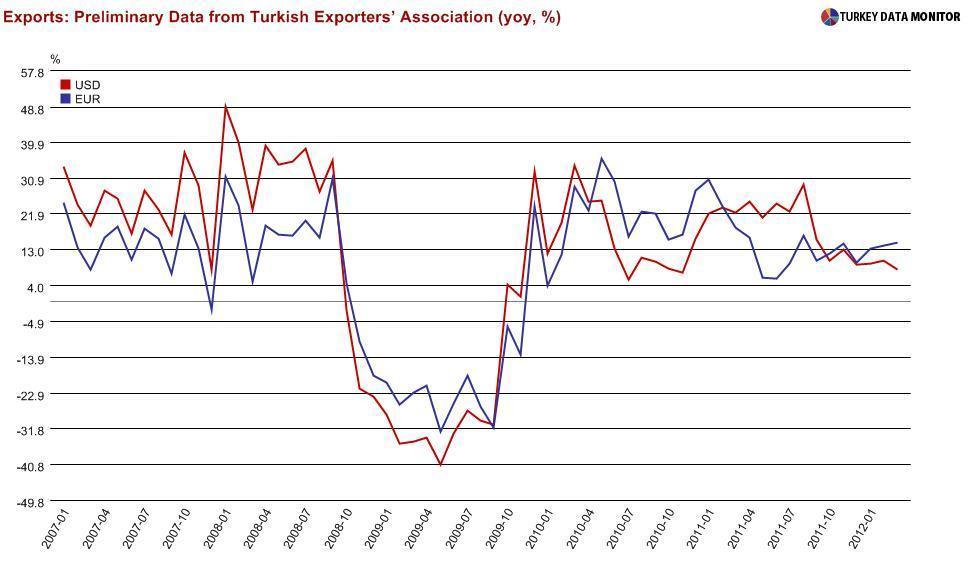Four Passover Seder questions

Since
I am undoubtedly a member of the Zionist
interest rate lobby according to pro-government daily Sabah, I might start
acting like one by celebrating the Easter and Passover of my heathen readers.
The
Passover Seder, which marks the beginning of Passover and was possibly Jesus’
Last Supper, unites these two religious events. During the dinner, the youngest
child at the table asks four questions, and being a kid at heart, I would like
to carry over the tradition to my column to summarize recent key Turkish
economic events.

Is the current
account adjusting? It is tough to jump to conclusions from one
month of data, but the February
trade deficit, at $5.9 billion, came in much better than expectations of
$6.5 billion. The sharp decline in the non-energy deficit is especially
positive. Besides, preliminary export figures from the Turkish Exporters
Association are hinting
that exports are proving to be relatively resilient.
Then, is the economy
rebalancing? Yes and no. If you look at the growth
data from the last quarter of 2011, which were released last Monday, this
is a no-brainer: Foreign demand contributed a hefty 3.2 percent to growth,
which is not very common except in recessions. In contrast, the contribution of
domestic demand plunged to 2.4 percent from 9.4 percent in the previous
quarter.

But
early indicators are hinting that this adjustment may not extend into the
second half of this year unless the current policy stance changes. For example,
if the lira really “beats the dollar” this year, as Central Bank Governor Erdem
Başçı boldly
claimed in January, the relative lira strength may start to bite into
exports and revive imports.
All
in all, it is very tough for Turkey to grow 4 percent or so this year, as the
government is envisaging, and bring both the current account deficit and
inflation to the 7 percent range. In a “good scenario”, capital flows may pull
growth above 4 percent, but that would mean certain death to this rebalancing
process.
What about the
favorable March inflation? Consumer
prices rose
by a lower-than-expected 0.4 percent in March, mainly because of softer
food inflation, leaving the yearly
figure unchanged at 10.4 percent. Besides, the decline in core inflation is
hinting that the worst is already behind us.
The
recent energy price hikes will contribute 0.5-0.6 percent to April inflation,
causing the yearly figure to rise. Inflation will then start its descent in
May, but it is very unlikely to go as low as 6.5 percent, as the Central Bank
is projecting.
How do you feel about
the new investment
incentive scheme? It is definitely well thought-out and an
improvement over the previous one. Tackling
the current account deficit by encouraging domestic production of
intermediate inputs, most of which are currently imported, is a step in the
right direction.
But
these measures should not be substitutes for investment
climate reform. If Batman (the city, as I am sure Bruce Wayne has his own
generator) has frequent electricity outages, an industrialist would think twice
before setting up shop there, regardless of the incentives.
Nirtzah, or next
year in Jerusalem, and thus I conclude my economic seder.
religion,





